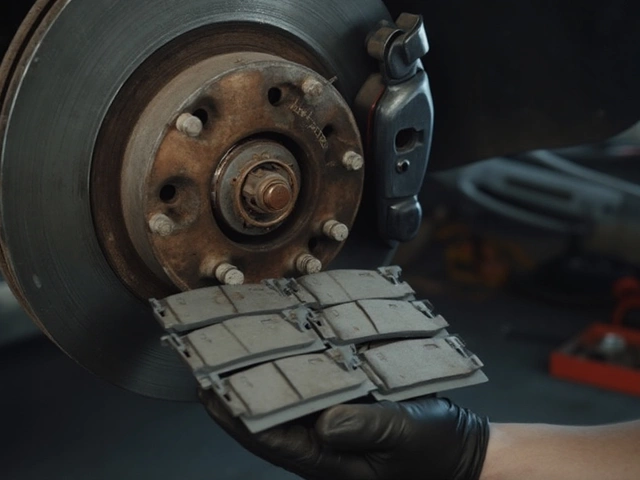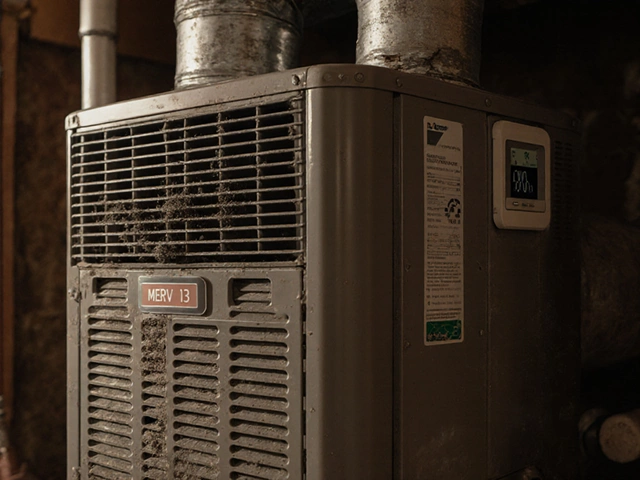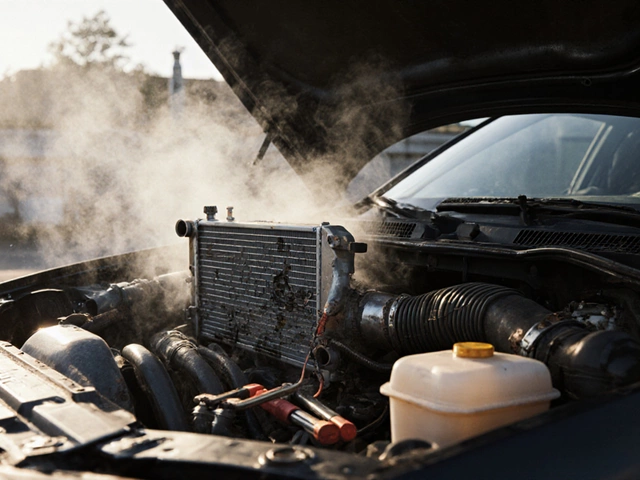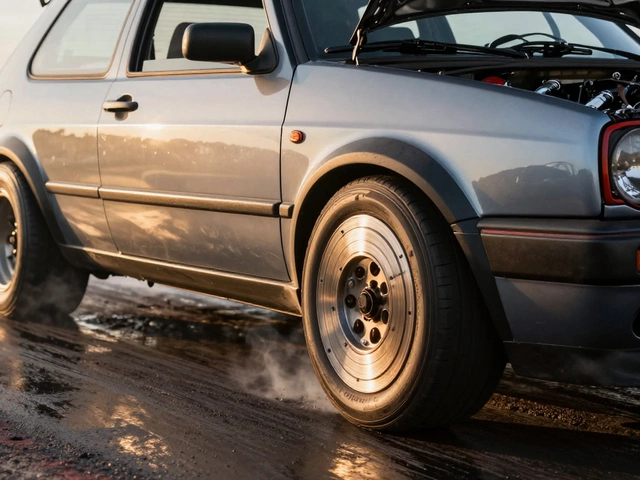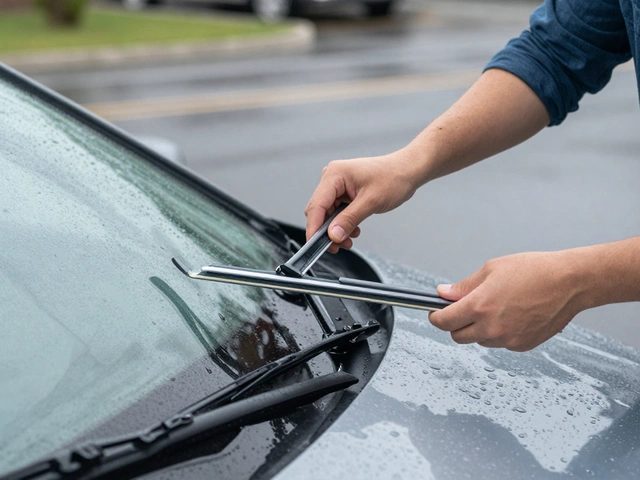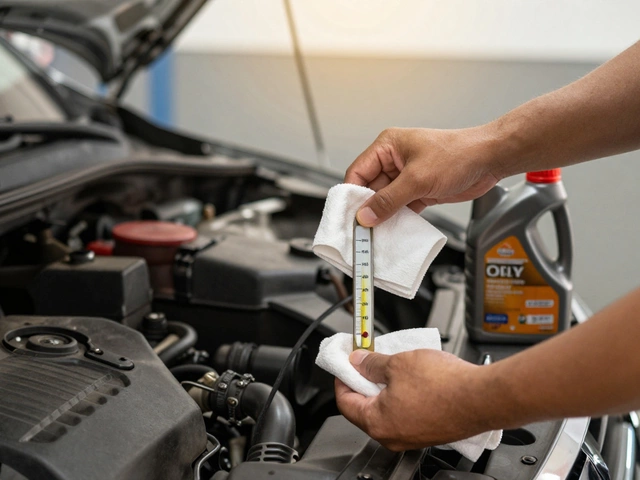Radiator Replacement Cost Calculator
Get an accurate estimate for your radiator replacement based on 2025 UK prices and vehicle specifications.
When the temperature gauge climbs past the danger zone, you know something’s wrong with the cooling system. The Car radiator a heat‑exchanger that cools engine coolant by passing it through thin metal tubes is the heart of that system, and when it fails, replacement becomes inevitable.
Why a radiator might need to be replaced
Typical warning signs include persistent overheating, coolant leaks, a rusty or discolored coolant reservoir, and a sweet smell under the hood. In some cases, a cracked core or corroded aluminum fins will force a full swap rather than a repair.
Key components that influence the price
Every part that works with the radiator adds cost, whether you buy a brand‑new unit or opt for a refurbished one. Below are the most common pieces that show up on an invoice.
- Coolant the liquid that circulates through the radiator to absorb and release heat
- Radiator fan an electric or belt‑driven fan that forces air through the radiator core
- Thermostat a valve that regulates coolant flow based on engine temperature
- Radiator hose reinforced rubber tubes that connect the radiator to the engine
- Pressure cap a sealed lid that maintains system pressure, raising the boiling point of coolant
- Radiator gasket a sealing material that prevents leaks at the radiator mounting points
- Aluminum radiator a lightweight, corrosion‑resistant radiator type common in modern cars
How the type of radiator changes the price
Most cars use either an Aluminum radiator or a traditional copper‑and‑brass unit. Aluminum models are lighter and usually cheaper to produce, but they can be more expensive to weld if they’re damaged. Copper‑and‑brass radiators last longer in harsh climates but often carry a higher parts price.
Breakdown of typical costs in the UK (2025)
| Component | Compact car | Midsize sedan | SUV / 4×4 |
|---|---|---|---|
| New aluminum radiator | £120‑£180 | £150‑£230 | £200‑£300 |
| Copper‑brass radiator | £180‑£260 | £250‑£350 | £320‑£460 |
| Radiator fan | £40‑£70 | £45‑£80 | £55‑£95 |
| Thermostat | £15‑£30 | £20‑£35 | £25‑£45 |
| Coolant (5L) | £15‑£25 | £18‑£28 | £20‑£30 |
| Radiator hoses (set) | £10‑£20 | £12‑£22 | £15‑£25 |
| Pressure cap | £8‑£12 | £10‑£15 | £12‑£18 |
| Labour (per hour) | £70‑£90 | £80‑£100 | £90‑£110 |
| Typical total (parts + labour) | £300‑£460 | £380‑£560 | £500‑£720 |
The numbers above are averages from a mix of independent garages and dealership service bays across England, Scotland, and Wales. Prices can swing higher for premium brands like BMW or Mercedes‑Benz, and they dip lower when you source a refurbished unit from a reputable supplier.
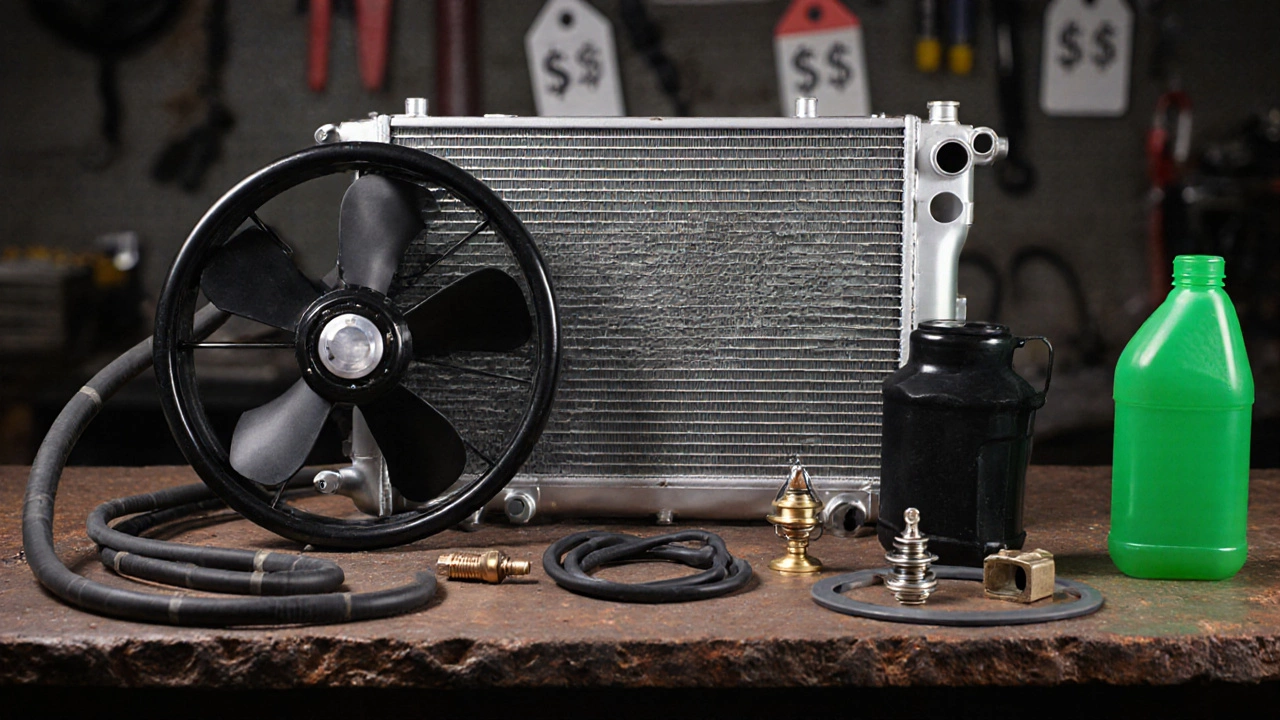
Labour costs: DIY vs professional shop
If you have basic tools and a service manual, swapping a radiator can take 2‑3hours. That translates to roughly £150‑£300 of labour savings in the UK. However, keep these points in mind:
- Modern cars often have coolant under pressure; improper venting can cause burns.
- Some models require removal of engine mounts or the AC condenser, adding complexity.
- Professional Radiator repair shop a garage that specializes in cooling‑system service and replacement will flush the entire system, refill with the correct coolant mix, and run a pressure test.
If you’re unsure about any step, let a certified mechanic handle it. The extra charge often pays for peace of mind and a warranty on the work.
How to get an accurate estimate
- Identify your vehicle’s make, model, year, and engine size.
- Decide whether you want an original‑equipment (OEM) part or an aftermarket equivalent.
- Call at least three local garages and ask for a quote that breaks down parts and labour separately.
- Ask if the quote includes coolant refill, system flush, and disposal of old fluid.
- Check whether the shop offers a warranty on the radiator and the labour.
Writing down the numbers lets you spot outliers-if one shop quotes £200 for a part that others price at £150, ask for justification.
Tips to keep the cost down
- Consider a refurbished aluminum radiator from a specialist supplier; they’re tested and often come with a 12‑month guarantee.
- Buy the coolant and ancillary parts yourself from a reputable online retailer. You’ll avoid the shop’s markup.
- Combine the radiator swap with other scheduled maintenance (e.g., belt replacement) to reduce overall labour hours.
- Ask about a “price‑match” policy if you’ve found a cheaper part elsewhere.
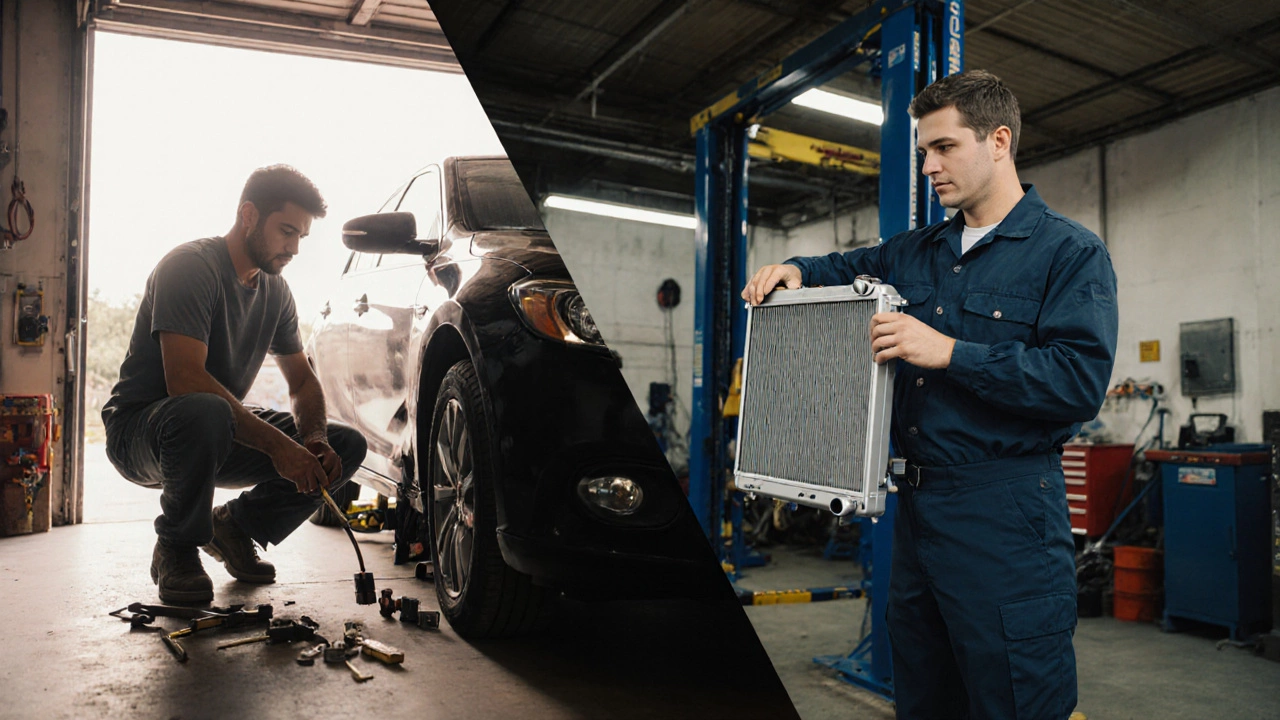
Quick checklist before you sign the work order
- Vehicle year, make, and engine code verified.
- Exact radiator type (OEM part number) confirmed.
- All ancillary parts (fan, thermostat, hoses, cap, gasket) listed.
- Total cost split into parts vs labour.
- Warranty length on parts and on the service.
- Estimated completion time.
Understanding the car radiator replacement cost in context
Remember that the figure you see on a brochure is only a starting point. Real‑world variables-like a stuck thermostat or a cracked engine block-can add unexpected expenses. By gathering multiple quotes, knowing which components you’ll need, and deciding whether to DIY or use a professional, you can turn a vague estimate into a concrete budget.
Frequently Asked Questions
How long does a radiator replacement usually take?
For most compact and midsize cars, a qualified mechanic needs 1.5-2hours. Larger SUVs or models with tightly packed engine bays can take up to 3hours.
Can I use a used radiator instead of a new one?
Yes, a refurbished radiator that’s been pressure‑tested can save 30‑40% off parts cost. Look for a warranty and verify the part matches the original OEM specifications.
What coolant should I use after replacement?
Follow the vehicle maker’s recommendation-usually a 50/50 mix of ethylene‑glycol coolant and distilled water. Some newer models require a specific “organic acid technology” (OAT) fluid.
Is a radiator fan always replaced with the radiator?
Not always, but many shops replace the fan at the same time because it’s usually mounted on the same bracket and the labor overlap reduces overall cost.
How can I tell if the radiator itself is cracked?
A pressure test in a garage will reveal leaks. Visually, look for coolant stains on the radiator core, rust spots on aluminum fins, or a low coolant level after a short drive.

